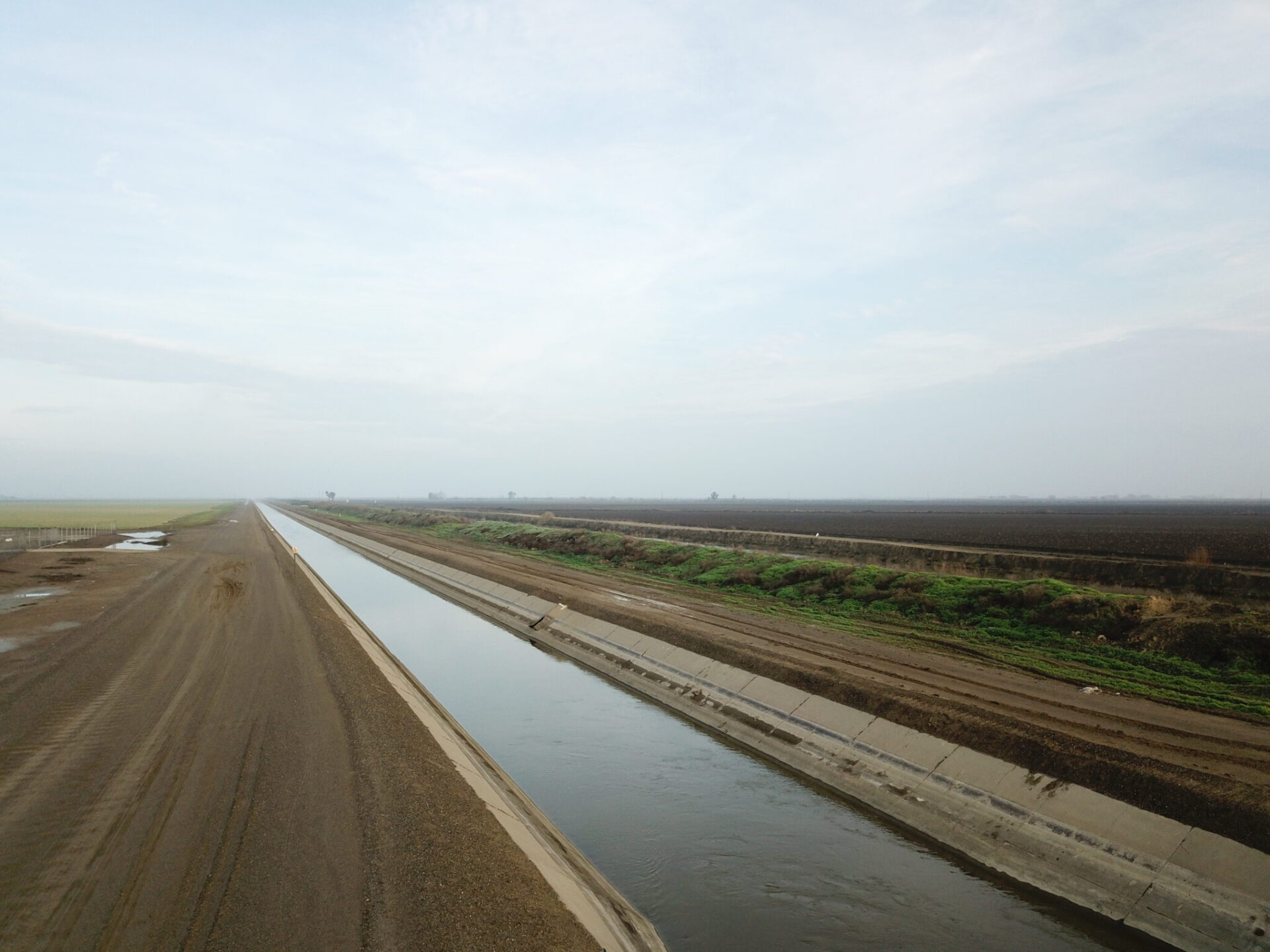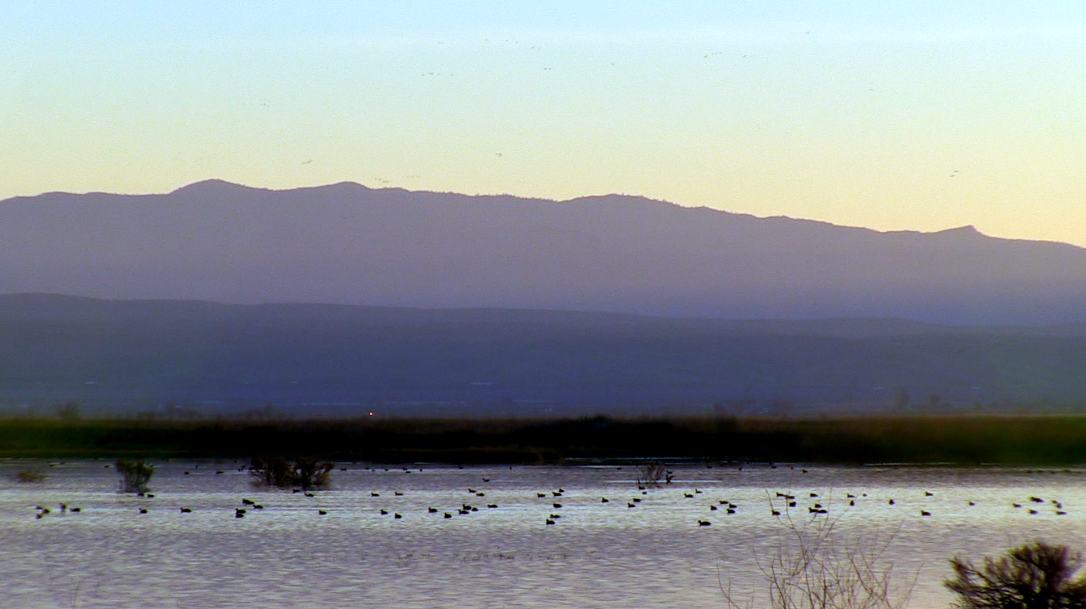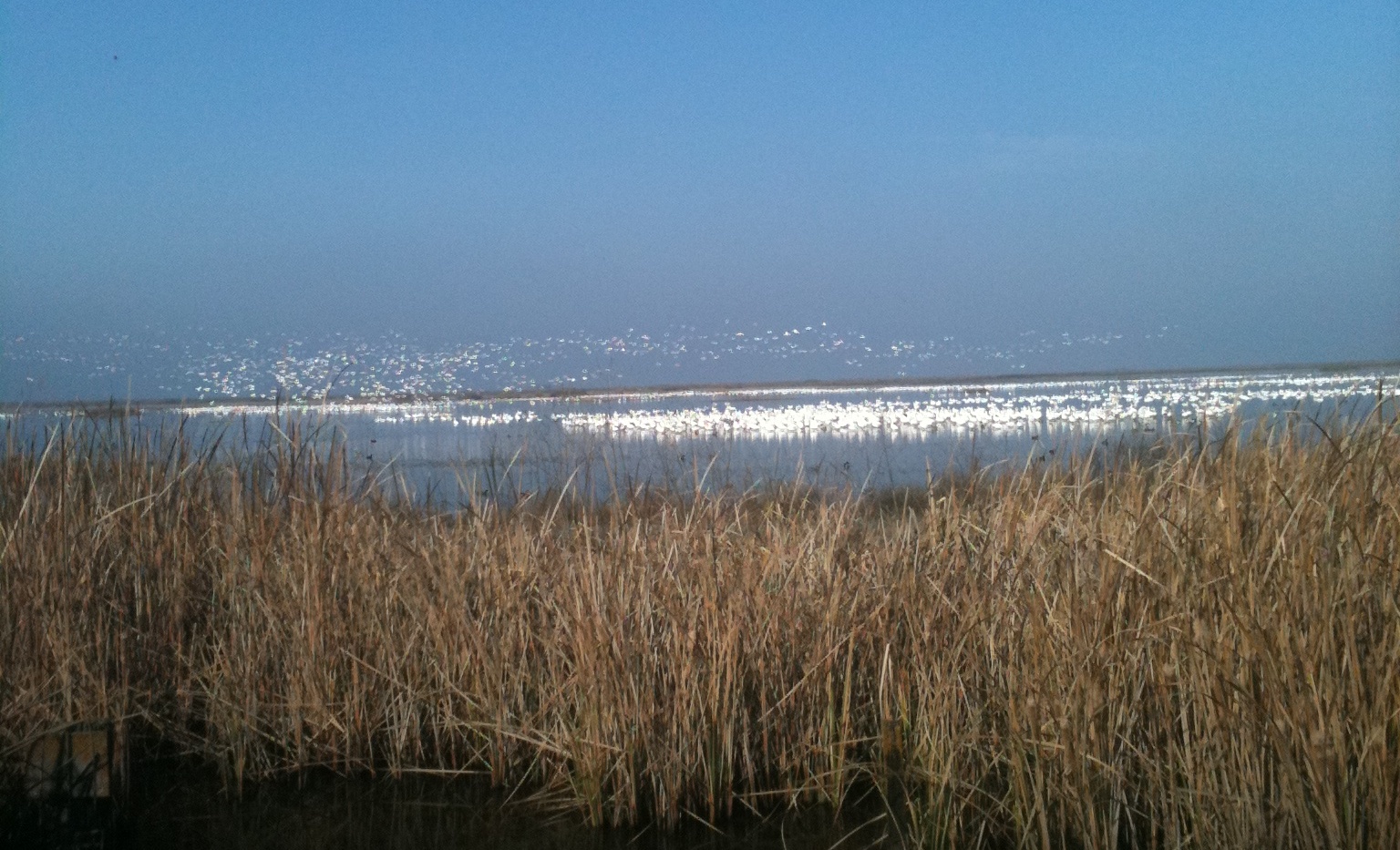
In times of war, combatants have been known to pick up the weapons left behind by retreating troops and use them against the very people who had previously depended on them for protection. It’s hard to believe that this illustration applies to California water law, but in today’s world, anything is possible.
The Clean Water Act, the basis of which was enacted in 1948 as the Federal Water Pollution Control Act and amended in 1972, is the fundamental structure for regulating pollution discharges into the waters of the U.S., including wetlands. That means if you’re going to discharge pollutants from a point source into U.S. waters, you are required to obtain a National Pollutant Discharge Elimination System (NPDES) permit. According to EPA, this is, “…to ensure that the discharge does not hurt water quality or people’s health.”
Congressional law says that agricultural drainage is a “non-point” source and is exempt from NPDES permits, an action that has been confirmed by the courts numerous times.

Legal Complications
In 2011, the Pacific Coast Federation of Fishermen’s Associations, along with numerous other litigants, filed suit against the Bureau of Reclamation and farmers on the Westside of the San Joaquin Valley using the Clean Water Act to try and stop drainage activities that are necessary for the long-term viability of the region’s farmland. According to the lawsuit, certain members of the San Luis & Delta-Mendota Water Authority, “…illegally discharged drainage polluted water into San Luis Drain and Mud Slough.”
This is false and the court rejected that argument.
In addition, the drainage targeted by the lawsuit has consistently met water quality requirements set by the Regional Water Quality Control Board.
It is understandable that fishing organizations would have an interest in protecting the quality of water that could ultimately flow into areas where they fish. However, their lawsuit is misguided because any drainage coming into the system already meets the high standards set by the Regional Water Quality Control Board.
Over the course of the next nine years, the federal court consistently ruled against the plaintiffs for a variety of reasons. The court rejected the litigant’s claims twice in 2013, again in 2014 and 2016, and three times in 2017.
Now, the fishing organizations have set their sights on the region’s wetlands. And, as Ric Ortega, General Manager of the Grassland Water District, put it, “The Clean Water Act was intended to protect wetlands, not attack them.” The State Water Resources Control Board considers wetlands to be “irrigated lands,” further supported by the fact that wetland areas are required to participate in the irrigated lands regulatory program.
The litigants, by claiming that the San Luis Drain contains subsurface flows from what they consider to be a non-exempt source (the area’s wetlands,) want an NPDES permit to be required to cover whatever subsurface drainage occurs due to managing the region for waterfowl and other migratory birds.
The NPDES permitting process is arduous and expensive and places unnecessary burdens on farms trying to preserve and coexist with our precious remaining wetlands. If the litigants are successful in California, it could set a precedent for wetlands areas across the U.S., forcing them to comply with Clean Water Act requirements that were intended for factories and other intensive “point-source” operations.
The Clean Water Act was passed by Congress to protect our nation’s waterways, including wetlands, and now it is being used as a weapon against the very areas it was intended to protect. With only 5% remaining of the historic wetlands in the San Joaquin Valley, it is irresponsible to increase the regulatory burden under which they exist. Our wetlands must be protected. Forcing them to comply with increased regulatory permitting is the wrong way to do it.











